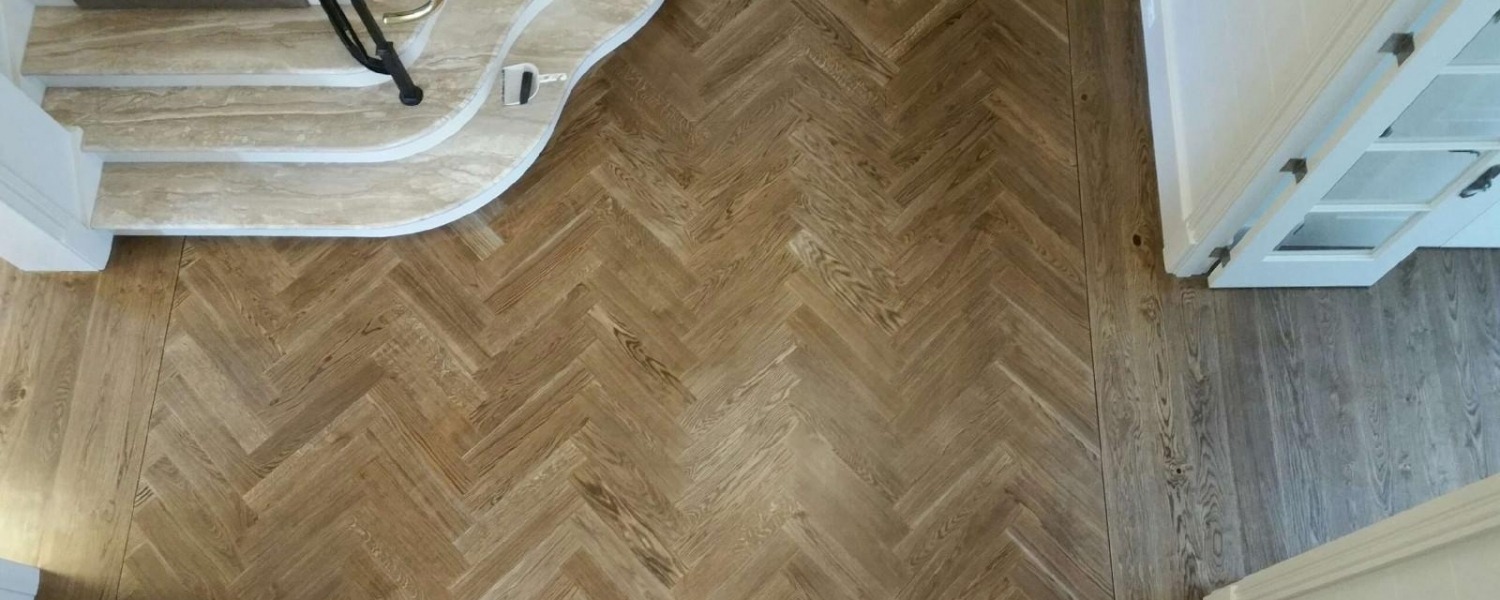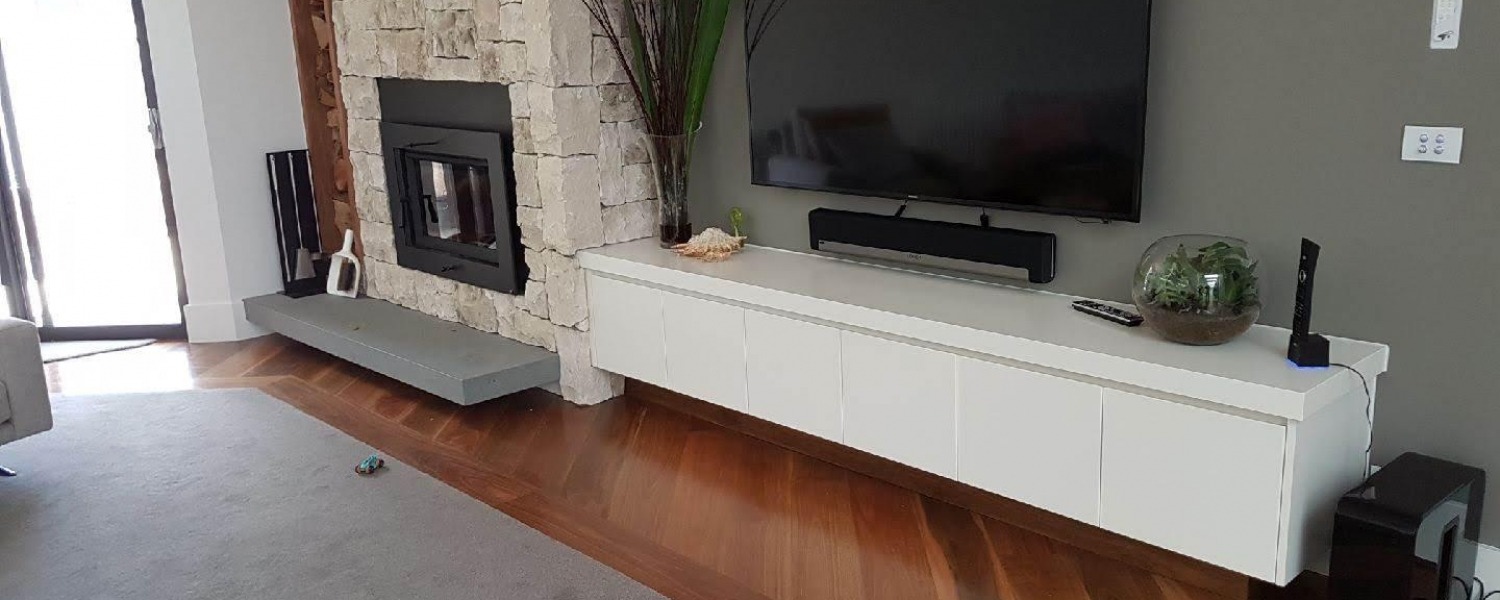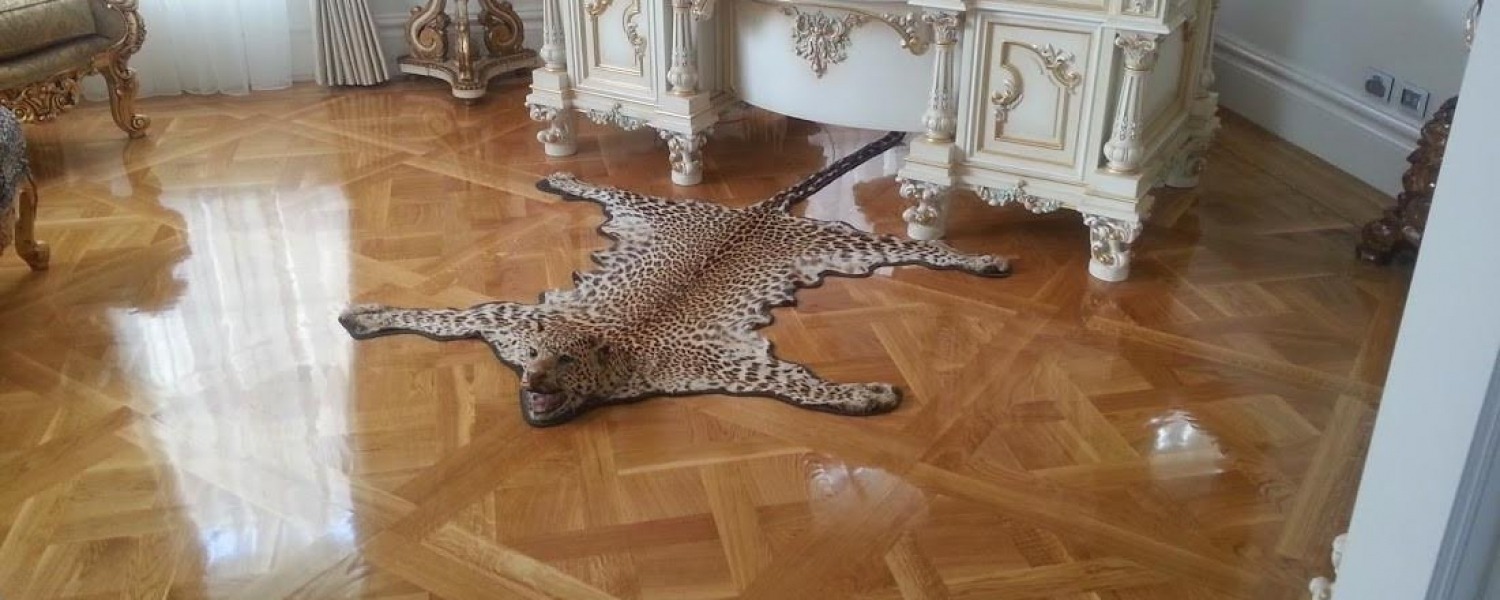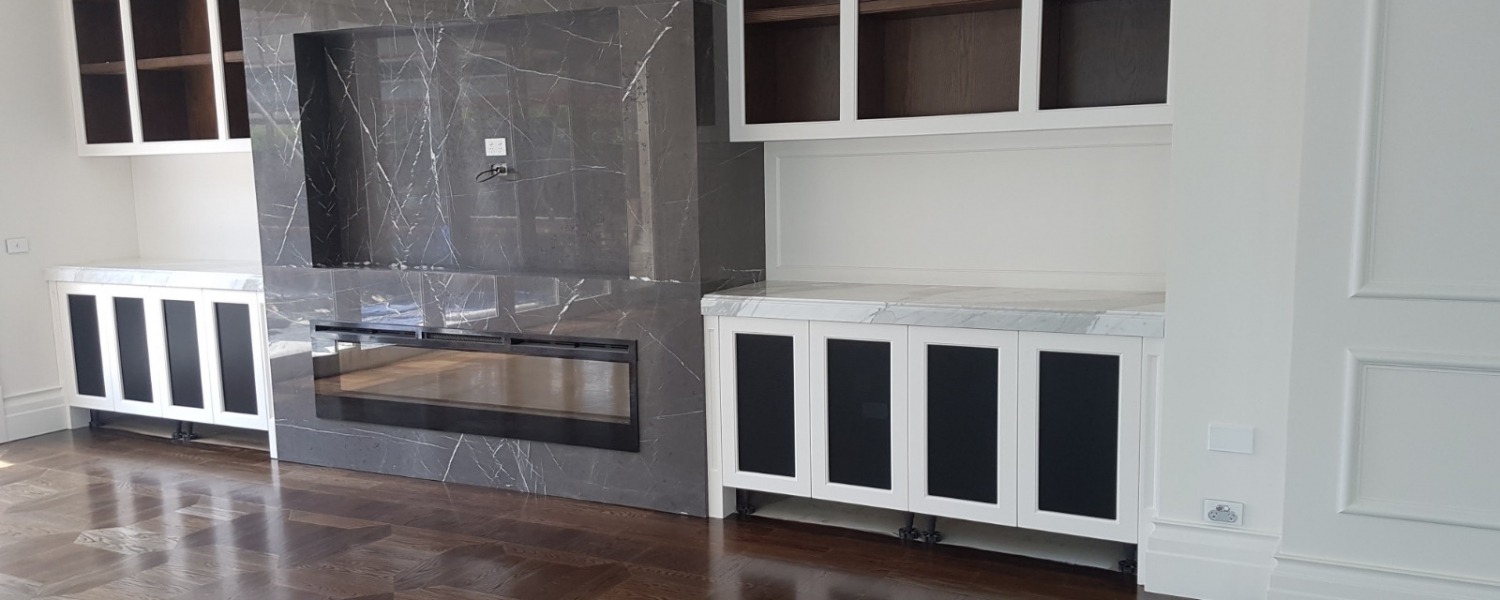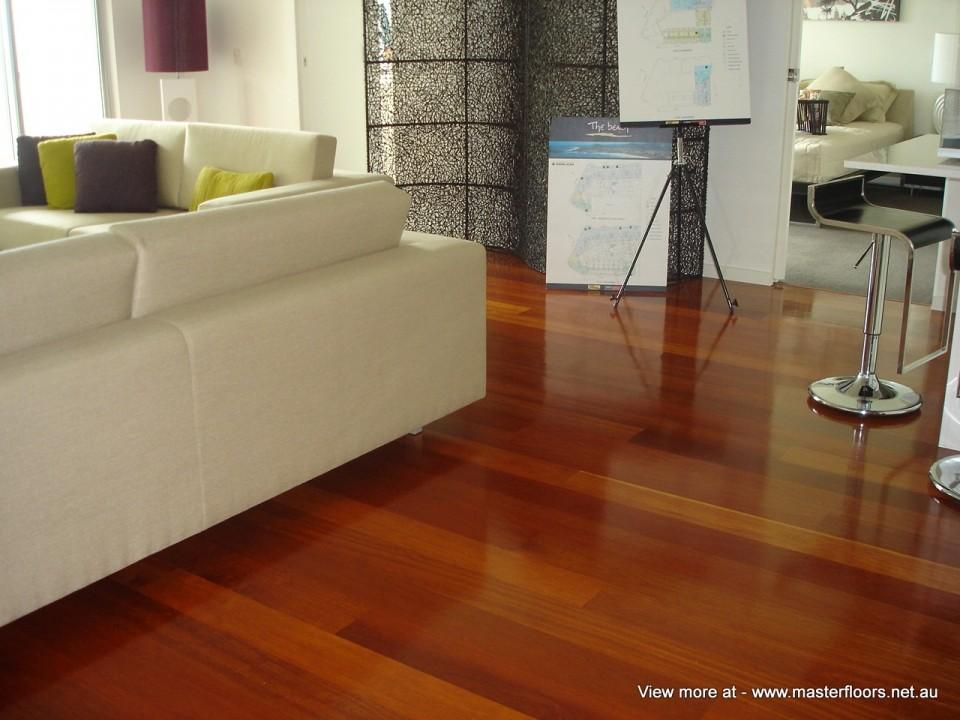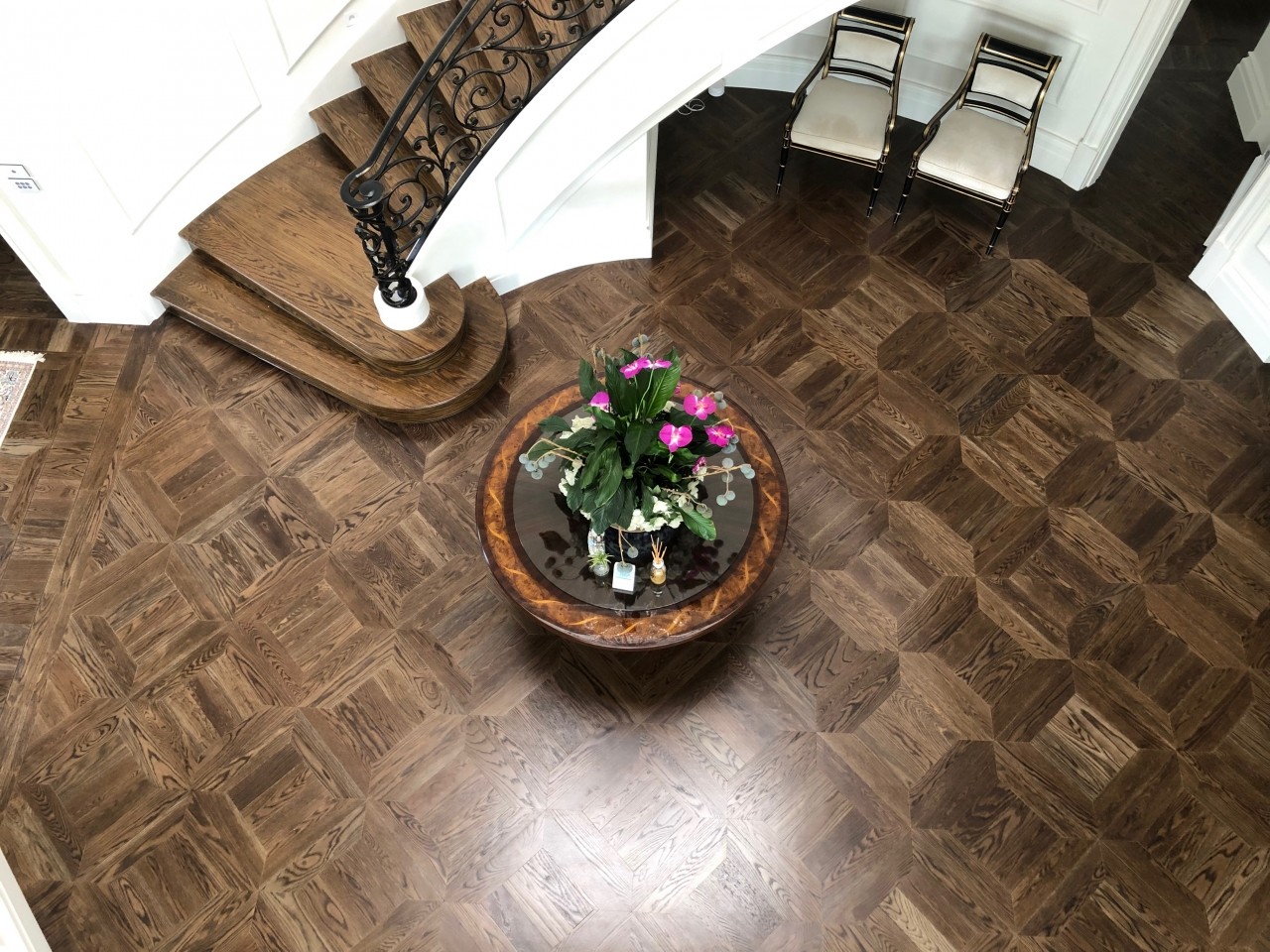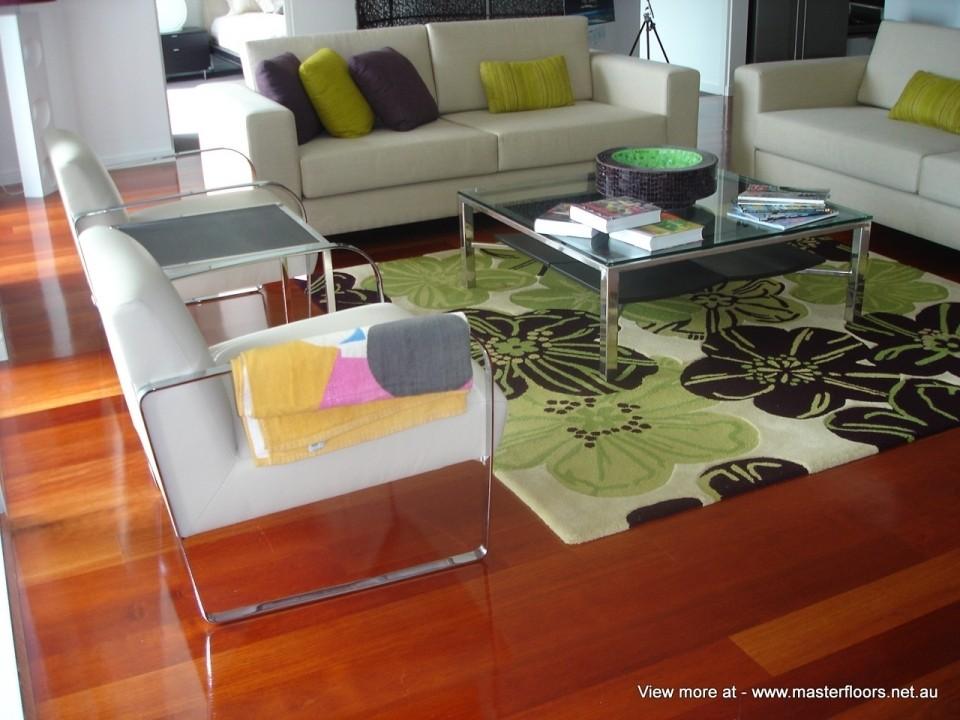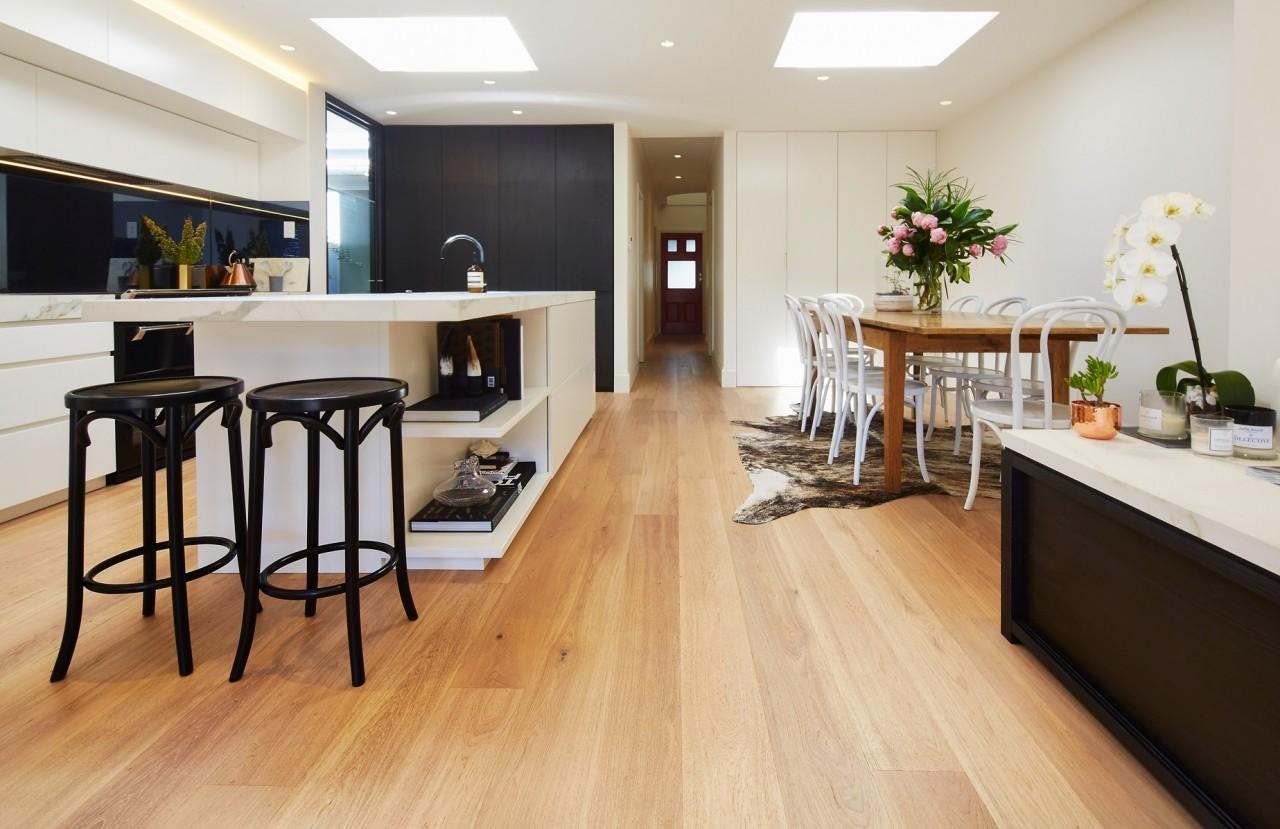- 03 9354 4717
- This email address is being protected from spambots. You need JavaScript enabled to view it.
- Mon - Fri 9:00:- 5:00 Sat 10:00 - 2:00
Sydney Blue Gum
Sydney Blue Gum is a large hardwood species growing to a height of 60 meters or more. It occurs natively in forests along the coast of New South Wales and southern Queensland. Sydney Blue Gum is also extensively grown as a plantation species in South Africa and South America, where rapid growth yields timber of much lower density than Australian material.
Sydney Blue Gum is an important general construction timber, particularly in New South Wales. It is widely used for flooring, cladding, fencing, paneling and boat building. Other common applications include landscaping (as garden sleepers), furniture and joinery.
The heartwood of the species ranges in colour from dark pink to a reddish brown. Sapwood is distinctly paler. The grain of Sydney Blue Gum timber is typically straight, with occasional interlocking of grain. Texture is moderately coarse and gum veins are common.
Sydney Blue Gum is a moderately durable timber with a life expectancy for in-ground applications of between eight and 15 years. Untreated sapwood is susceptible to Lyctid borer attack.
Sydney Blue Gum timber is easy to dry relative to most other eucalyptus. It is also easy to work, dress and fix. It responds well to most finishes and takes a good polish, making it popular for decorative applications where moderate durability is required.
Botanical name | Eucalyptus saligna | ||||||||||||
Origin | Sydney Blue Gum grows in the coastal districts from Batemans Bay in New South Wales to southern Queensland. | ||||||||||||
Trading names | Blue Gum Sydney Blue Gum | ||||||||||||
Appearance |
| ||||||||||||
General comment | The timber is easy to work, fix and dress.
Easy to dry but tangential surfaces are susceptible to surface checking. Collapse is very slight. | ||||||||||||
Common uses | Flooring, joinery, furniture, domestic and commercial construction, cladding, panelling, boat building. | ||||||||||||
Properties (See notes below) | Hardness rating
Lyctid Susceptibility of Sapwood
Termite Resistance of Heartwood (inside above ground)
Marine Borer Resistance of Heartwood
Natural Durability Rating of Heartwood Above Ground
Natural Durability Rating of Heartwood In-Ground Contact
|
Density: 'Green Density' (GD) is the density of the wood at the time the living tree is felled. It varies considerably with the season, weather conditions, the age of the tree and so on; the quoted figure must therefore be accepted as a guideline only and when accurate green density figures are required for, say, assessment of transport costs, it is advisable to carry out accurate determinations on the materials involved.
'Dry Density' or 'Air Dry Density' (ADD) is the average density of the wood at 12 per cent moisture content. It too varies with conditions of growth, climate and maturity of wood.
There are published figures for both Green Density and Air Dry Density of most commercial species.
The figures given above have been rounded to the nearest 50.
Hardness rating: The hardness rating of a timber species is measured by the Janka Test. This is a standard test which measures the penetration into the timber of a common load and projectile. The results relate to a hardness capacity of the material and are expressed in kN. This information is useful where the timber may be subject to potential damage from impacts e.g. a dance floor. There are 2 sets of published figures; one for 'Green' or freshly felled timber and one for seasoned timber - i.e. timber with a moisture content of 12%.
The ratings given here are:
Soft - less than 5.5
Moderate - 5.5 to 7.0
Hard - 7.1 to 10.0
Very Hard - greater than 10.0.
Lyctid susceptible sapwood: Only the sapwood of some hardwoods is susceptible to lyctid borer attack. No softwoods are susceptible to attack.
Natural durability ratings: The natural durability rating of a timber species is a rating of the timber's resistance to attack by wood destroying fungi and wood destroying insects. The sapwood of all timber species has poor resistance and so the natural durability rating applies only to the heartwood of a timber species. The rating is based on the testing of stakes and poles embedded in the ground and on expert opinion of historical performance. There are 2 sets of ratings: one for above ground use and one for in-ground contact use. The lower the number the higher the performance in terms of durability. This information is useful for specifying material for external or exposed applications.
View More Pages
Monticello Parquetry by Masterfloors
by MasterFloors
Timber Flooring Gallery - By Masterfloors
by MasterFloors
French Oak
by MasterFloors
